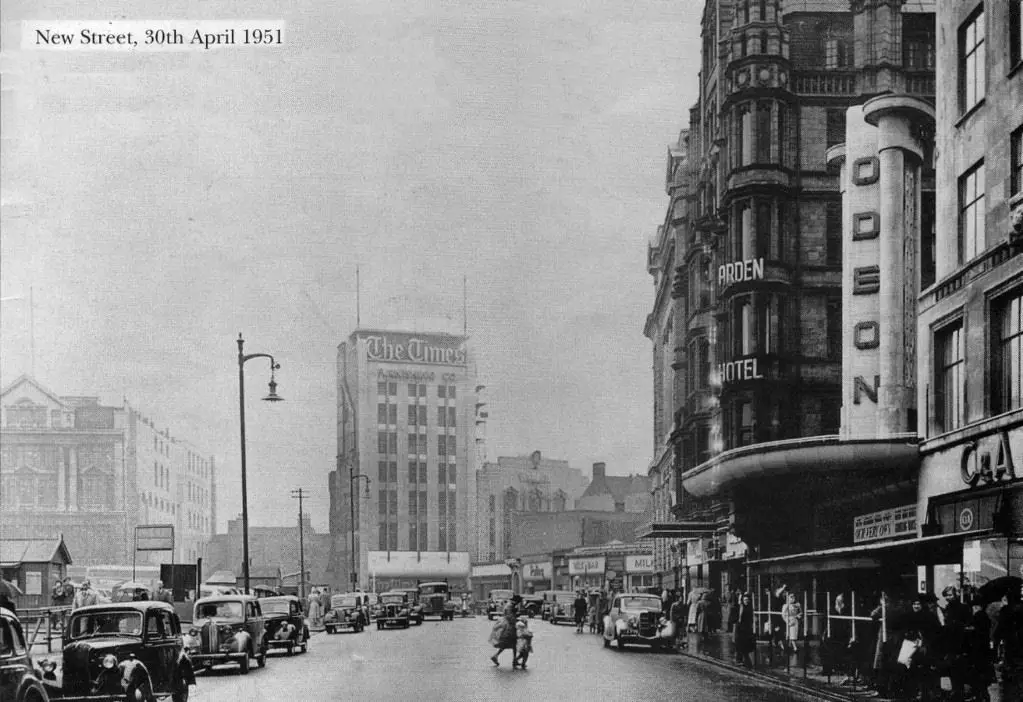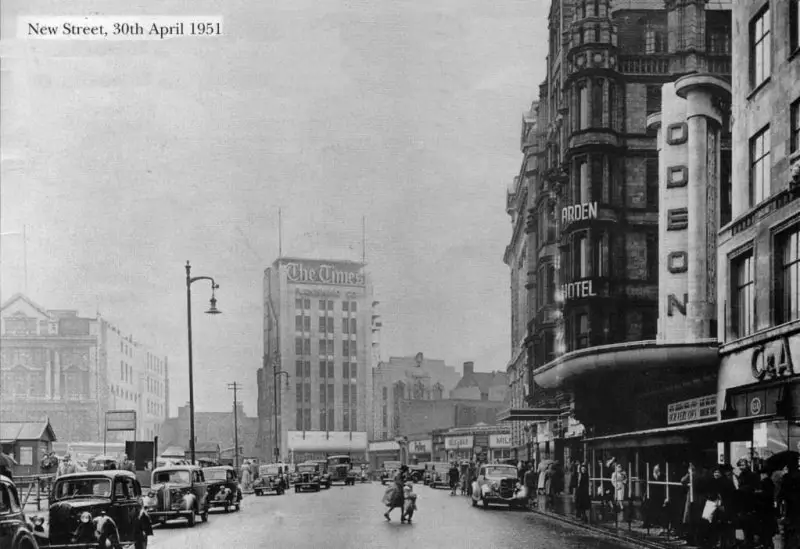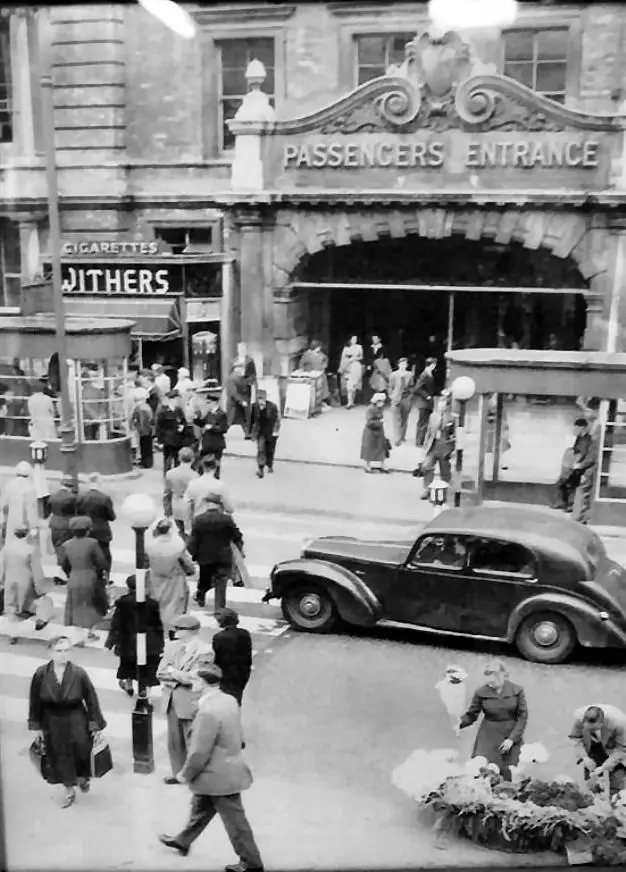oldMohawk
gone but not forgotten
A No 79 in this forum pic at the terminus by a not very attractive shelter which has some roof decoration but has the look of a transport system being run down. In the 1950s everyone was looking for modern things and thinking back to my own thoughts at the time, I have to say I never really noticed the trams had gone ... too busy having young fun ...

https://birminghamhistory.co.uk/forum/showthread.php?t=15453&p=470402#post470402
https://birminghamhistory.co.uk/forum/showthread.php?t=15453&p=470402#post470402
Last edited:













